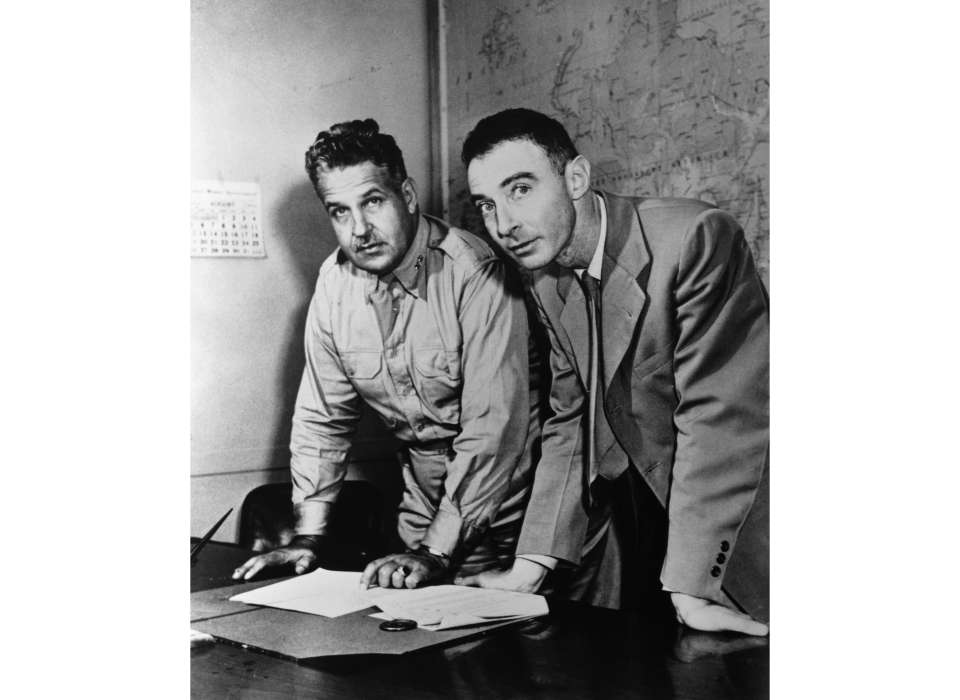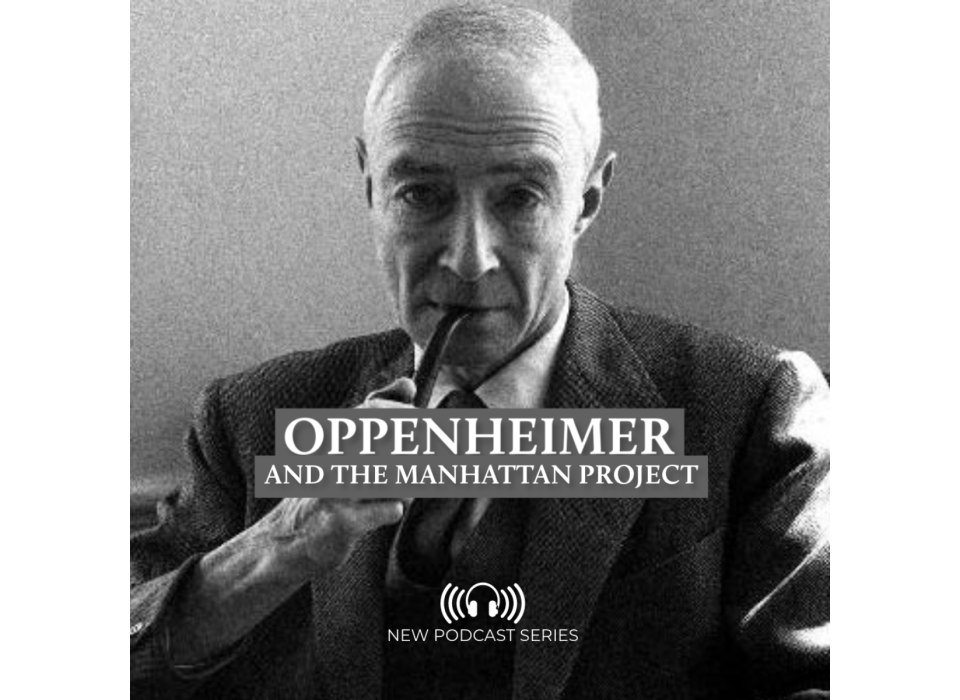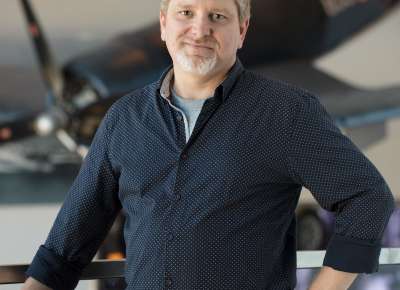Top image: General Groves and Robert Oppenheimer looking at maps of Japan in the weeks before the deployment of the atomic bombs (from the archives of the Department of Energy)
On April 1, 1943, in a mundane task of paperwork approval that was kept secret, the United States established a research laboratory in the mountains of New Mexico. In the paperwork it was referred to as Project Y, and administered by the University of California. Project Y was the designation for the top-secret design and production of the atomic bombs for the Manhattan Project. General Leslie Groves, director of the Manhattan Project chose Robert Oppenheimer, a theoretical physicist, to lead Project Y, which is today better known as Los Alamos.
Events in the development of the Manhattan Project and Project Y had already taken a decisive turn the previous November. Facilities at Clinton Engineering Works (now known as Oak Ridge) in Tennessee were already being developed, and working to produce fissionable uranium isotope, but for security purposes Project Y was planned to be in a remote location. Oppenheimer had a ranch in Albuquerque, and suggested they consider a site in New Mexico. He felt that the Sangre de Cristo mountains were remote enough, and that they could build a secret town there where scientists and their families could live, and where the beautiful surroundings would inspire their work. In mid-November 1942 Oppenheimer and General Groves toured the area, and the decision was made.
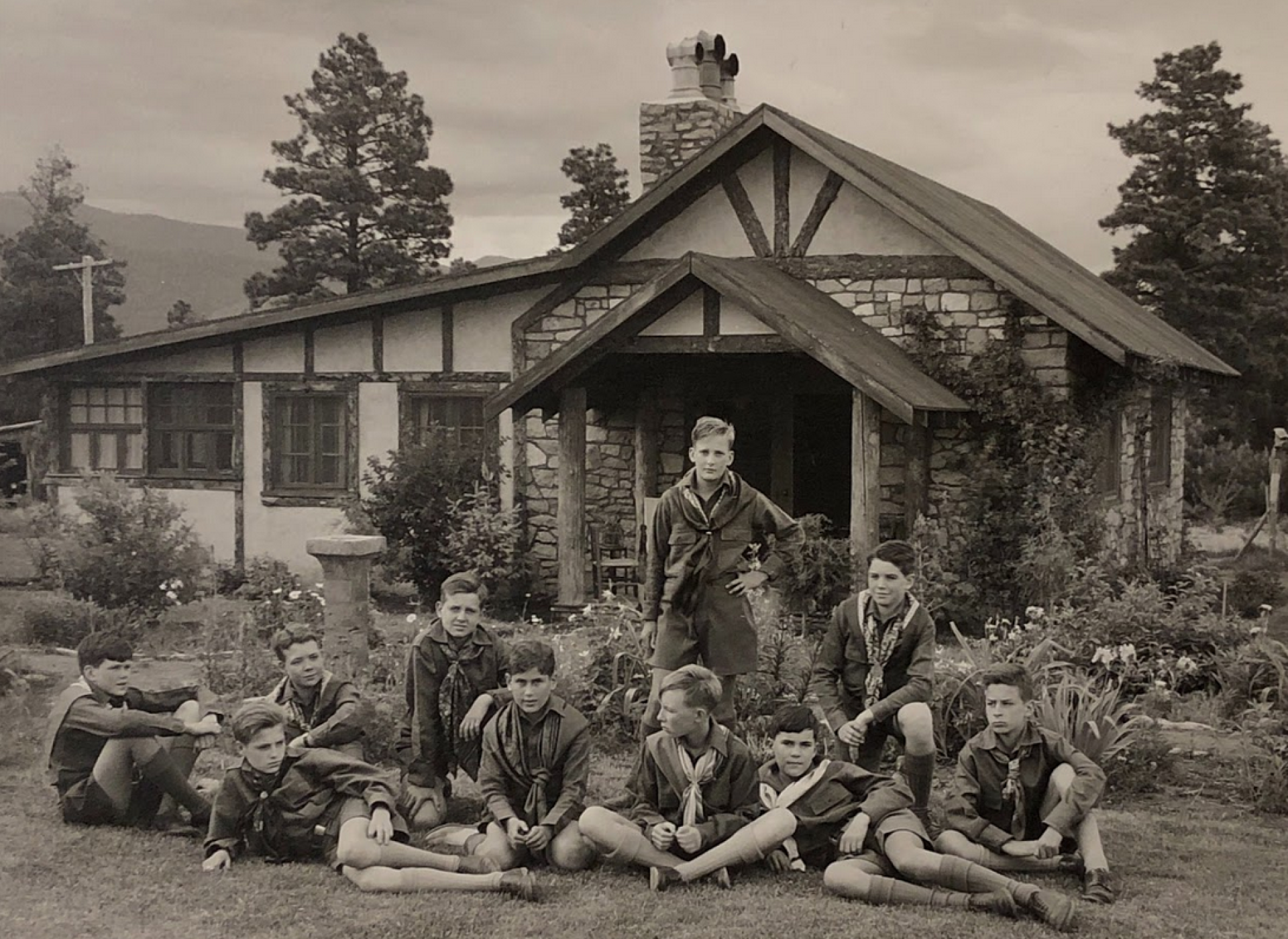
Students at the Los Alamos Ranch School in 1933, sitting in front of the house that Oppenheimer and his family occupied after Project Y was located there (from the Gilpin Collection, Los Alamos Historical Society Photo Archives)
On the site of the Los Alamos Ranch School, a secret town sprouted, using almost 46,000 acres, including roads and the right of way for power lines, purchased at a cost of $415,000. Construction was completed in November of 1943 at a final cost of $7 million. At the time, Los Alamos had a population of about 6,000. Project Y worked on calculations for the amount of material needed and for the construction of the bombs.
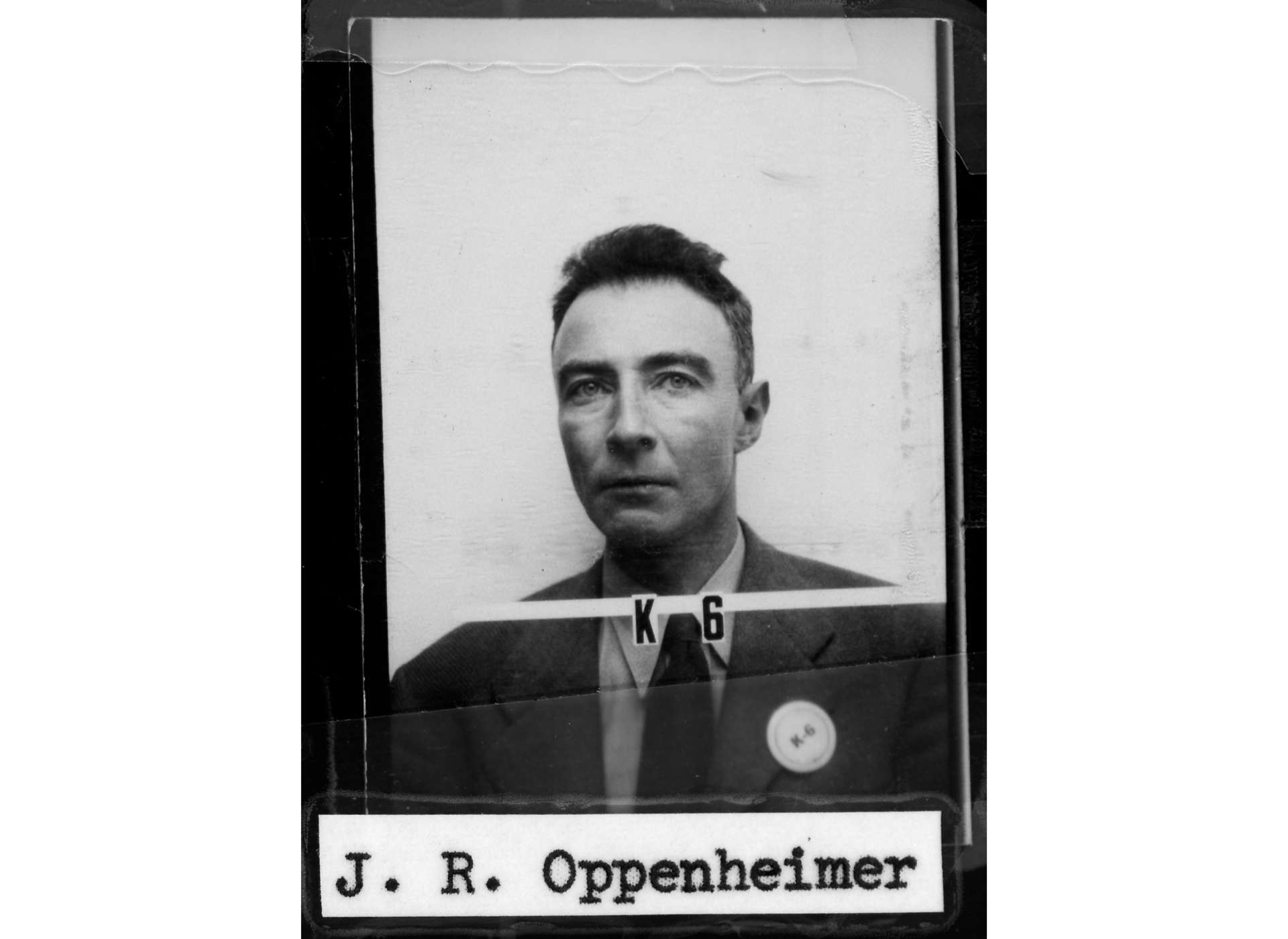
This is a photo of Oppenheimer’s security badge for Los Alamos (from the Los Alamos National Laboratory archives)
Clinton Engineering Works managed the production of uranium isotopes, expanding greatly a former Army facility. Besides work by chemical engineers to enrich uranium, Oak Ridge was the site of much of the administrative work for the Manhattan Project. This site continually expanded, peaking at a population of 75,000 people, with another 15,000 workers living in the surrounding area. As the site grew, and the danger of nuclear accidents became clearer, there was concern that Knoxville was too close. When the decision to simultaneously pursue development of plutonium as fuel for a weapon, another location was needed.
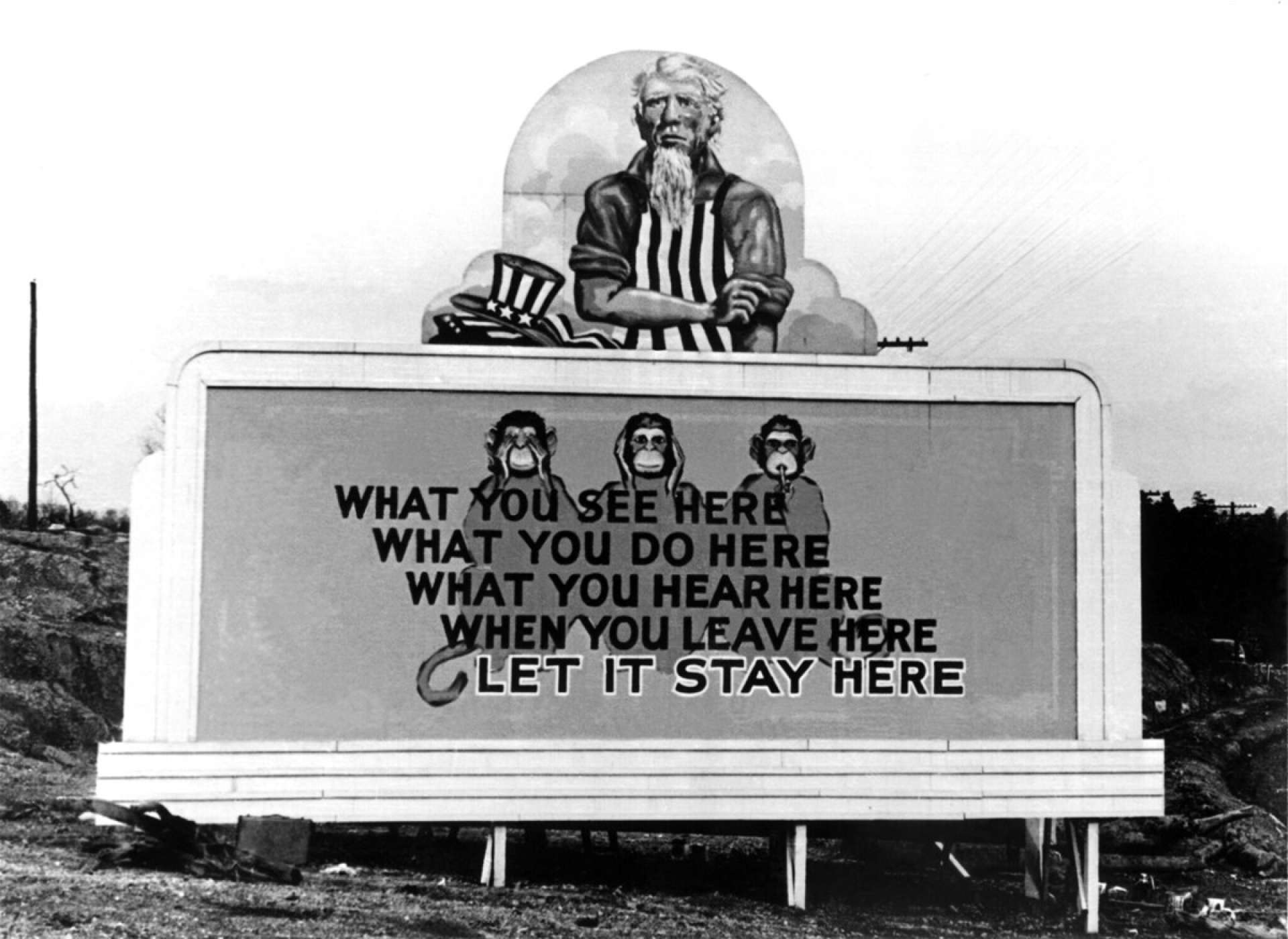
A sign at one of the entrances to Oak Ridge, reminding workers of the importance of secrecy in their work (from the archives of the Oak Ridge National Laboratory)
A site in central Washington, isolated and on the banks of the Columbia River, was identified for Site W, or Hanford Engineering Works. Relocating 1,500 white residents, and members of the Wanapum and other tribes on land in the area, 40,000 acres were acquired. Construction began in April 1943, using water from the Columbia to cool the reactor. Although construction on many facilities wrapped up in July of 1944 51,000 workers still lived in tents in a construction camp.
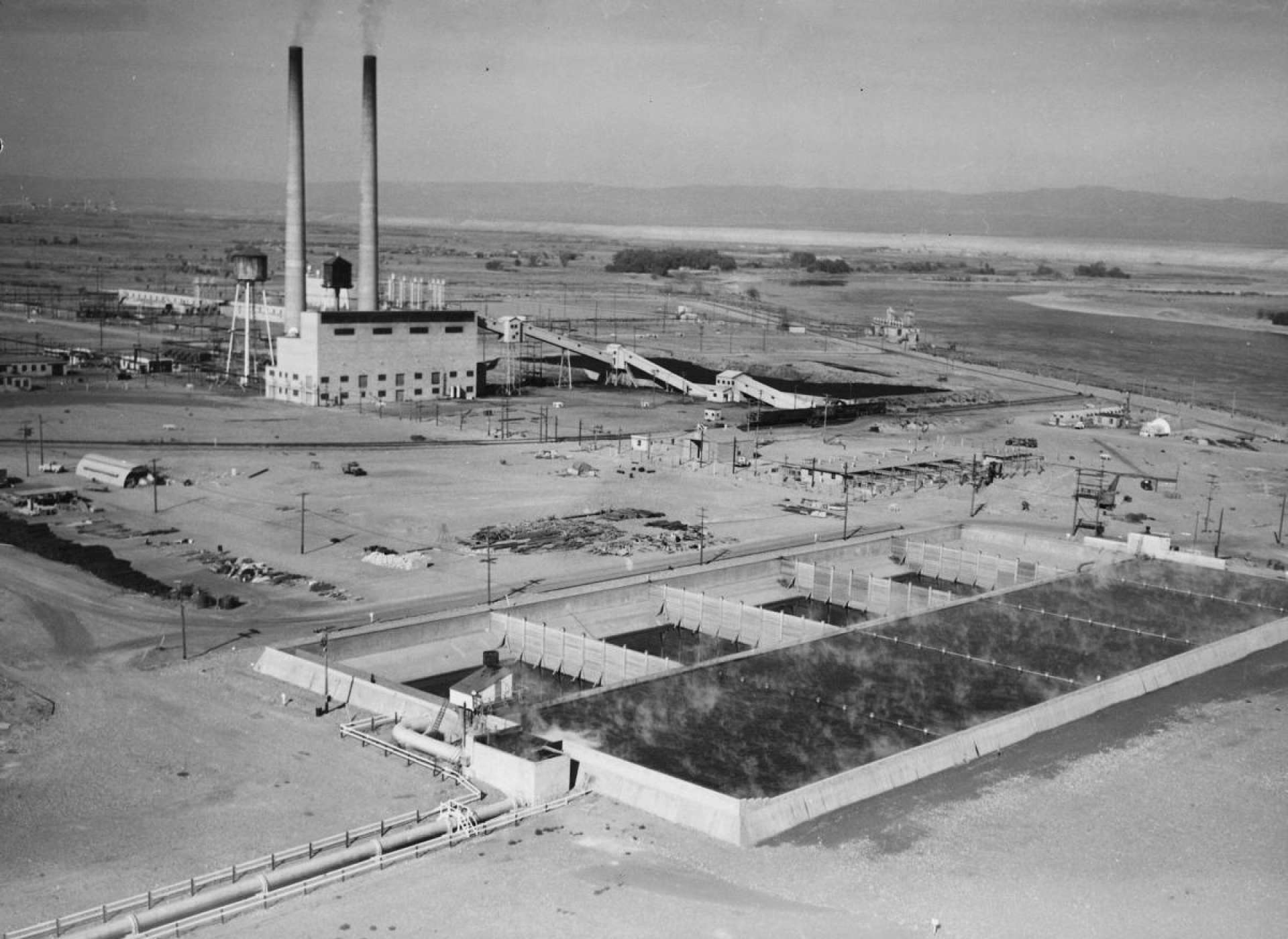
An aerial view (ca 1945) of the Hanford site, over the retention basins where water was cooled after it had flowed over the reactor (building in the background). After the water cooled to ambient temperature it was returned to the Columbia River, which can be seen in the upper right of the image. (from the archives of the Department of Energy)
The National WWII Museum’s exhibit on The Manhattan Project focuses on the work at Los Alamos. Set off to the side from the factory floor in The Arsenal of Democracy exhibit, it is designed to evoke the place and time, while communicating the urgency of the work undertaken.
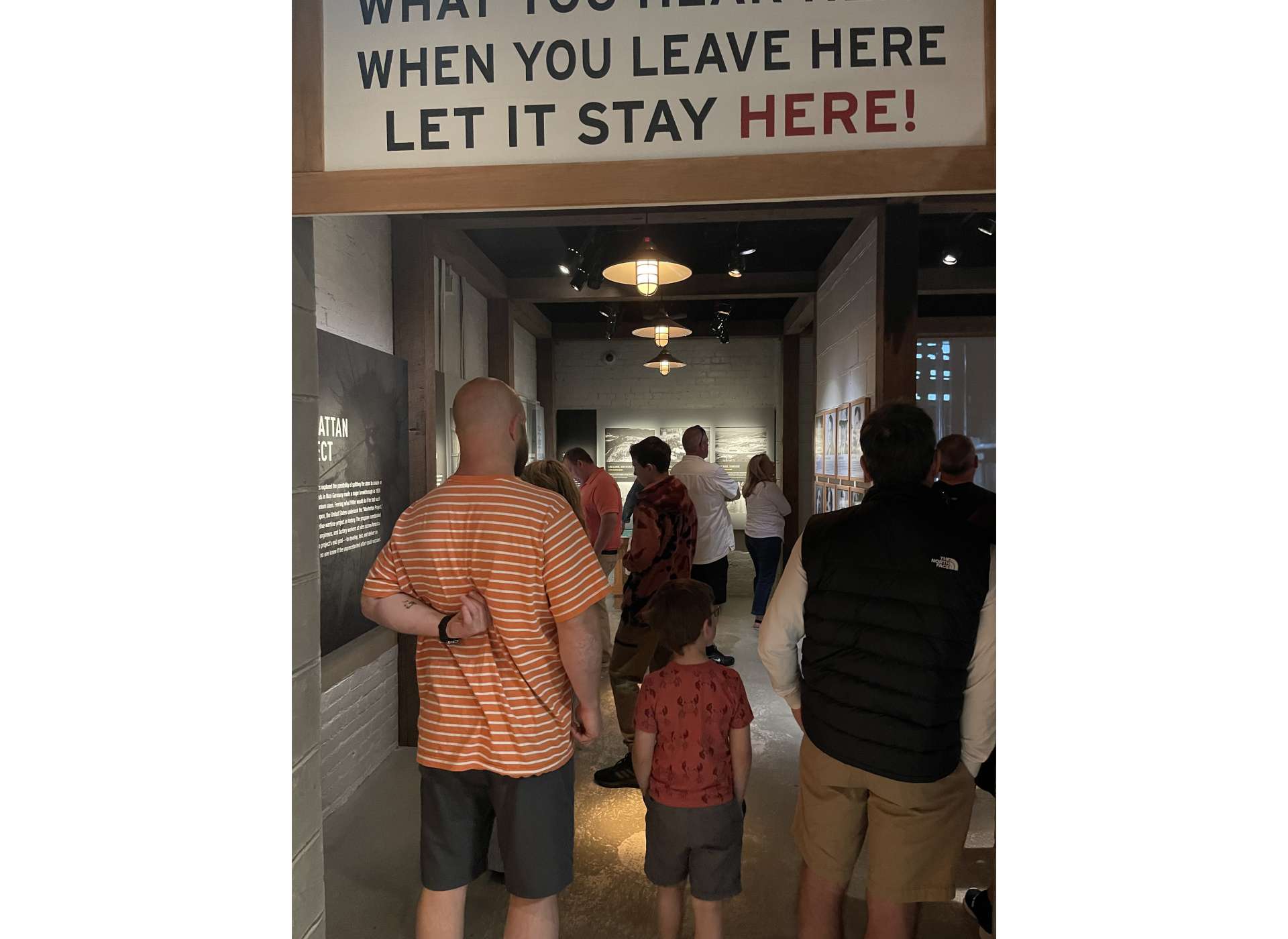
There’s a short film describing the whole history of the development of the atomic bombs, from news of the first fission experiments in 1938 through the test detonation at Trinity in July 1945. A digital interactive table lets visitors explore nuclear physics and compares the energy released in chemical and nuclear explosions.
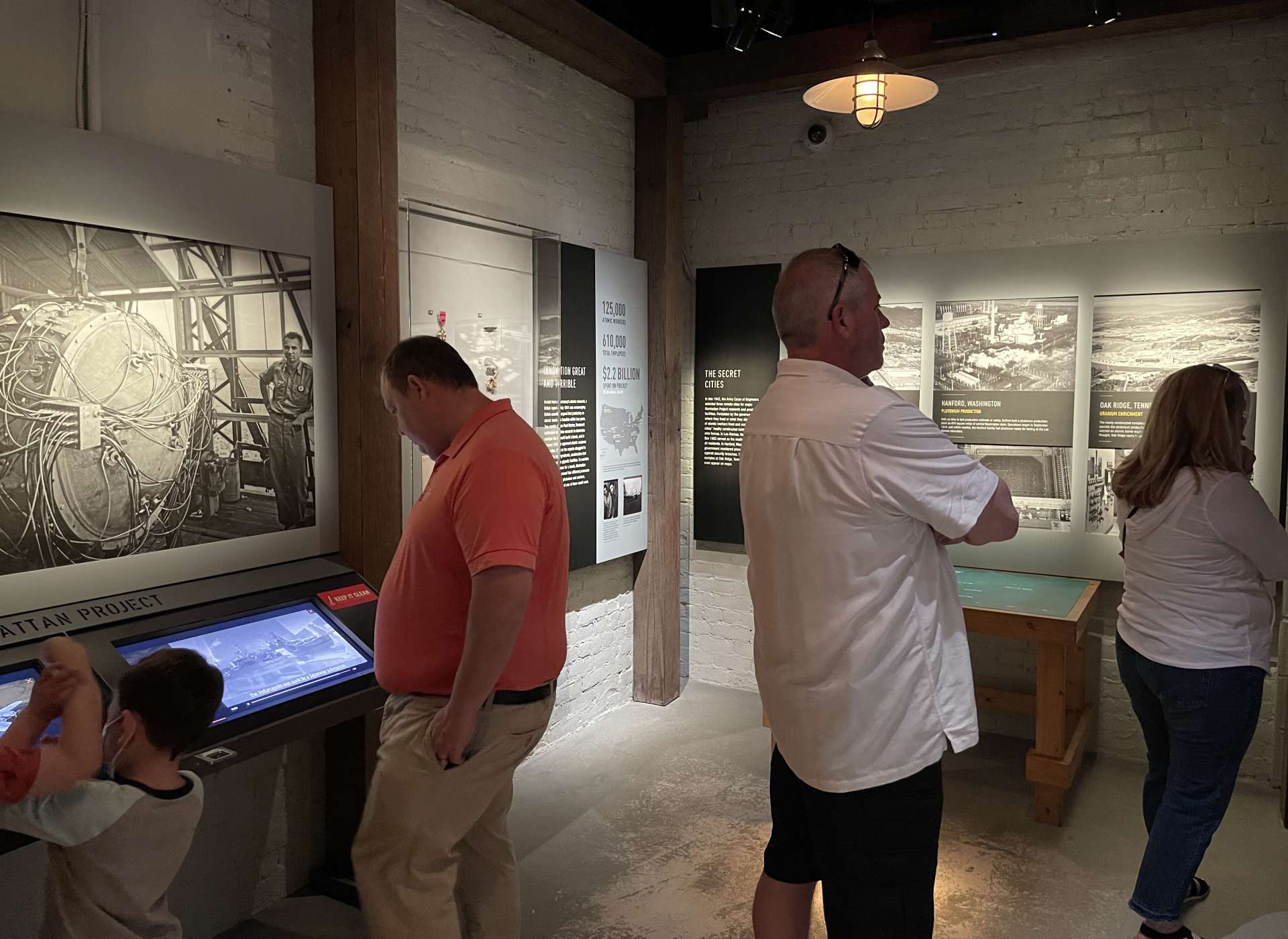
A map shows the 22 major sites of Manhattan Project work, and there are short profiles of project scientists and administrators. Two rare artifacts are exhibited on either side of a Periodic Table of the Elements and a chalkboard (among the most important tools used in the development of the atomic bomb). The first is a large metal barrel, recovered from the bottom of a lake in Norway, where it ended up after Norwegian resistance saboteurs sank the boat transporting Deuterium (heavy water) to Germany for the Nazi effort to develop nuclear reactors. The second is the computer that allowed B-29 bombers such as the Enola Gay and the Bockscar to defend themselves. This computer calculated angles and trajectories so that one gunner could control multiple guns on the B-29.
Museum exhibits can’t contain the whole history of the events they represent. Our best hope is to immerse visitors in an experience that conveys the significance of the history and its context and major details. When you visit the National WWII Museum you can see the Manhattan Project gallery, and experience the story of this great effort in person.
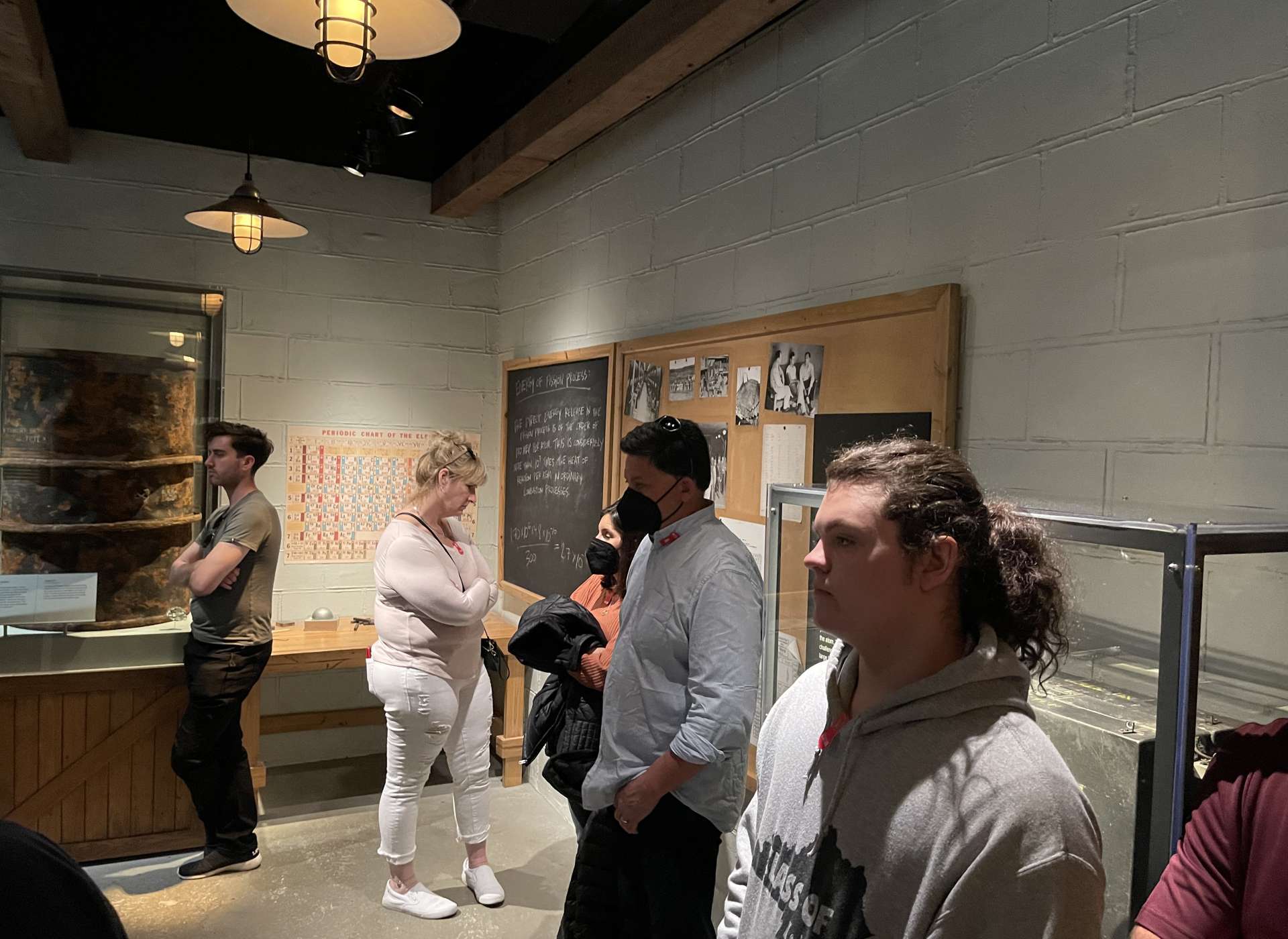
New Podcast Series: Oppenheimer And The Manhattan Project
The National WWII Museum presents the newest season of its podcast, "World War II On Topic: Oppenheimer and the Manhattan Project." Episodes are available weekly starting July 24 on Apple Podcasts, Spotify, and SoundCloud.
Rob Wallace
Rob runs teacher workshops and develops curriculum, including Real World Science, funded by The Northrop Grumman Foundation.
Cite this article:
MLA Citation:
APA Citation:
Chicago Style Citation:
